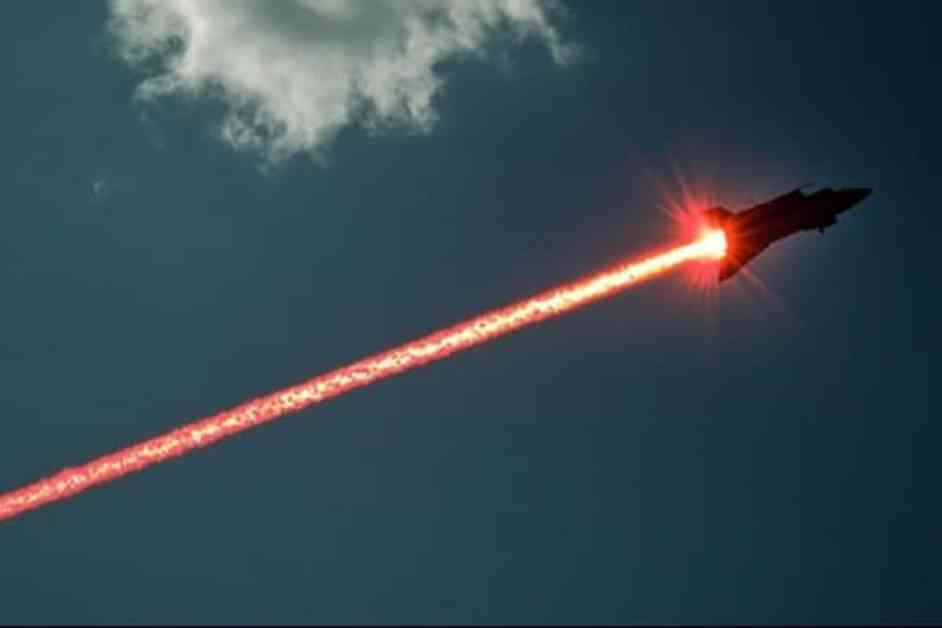Ukraine recently unveiled its first laser weapon, Tryzub, which was developed in less than 2 months. Surprisingly, only less than 10 countries have laser weapons in their arsenal. Altechna, a global custom laser optics manufacturing company, predicts that directed energy weapons (DEWs) will play a crucial role in defense and military operations due to their cost-effectiveness and durability in the years to come.
DEWs offer a new perspective on defense, which is known to be one of the most expensive industries. For example, the UK’s DragonFire laser system can take down aerial threats at a mere $13 per shot, while traditional missiles could cost up to $111M. The cost-effectiveness of DEWs is emphasized by experts, who suggest that we could soon see defense tools that are hundreds of times cheaper than the current technologies widely used. However, there are some limitations to consider. “Even though we talk a lot about how cheap it is for a single shot, we need to realize that there’s a whole journey to get there,” said Antanas Laurutis, CEO of Altechna. “Size is one of the restrictions. Eventually, it needs to be small enough to be used on the ground and in the air. Another important aspect is the optics – it must be strong enough to handle the high power requirements.”
To ensure that laser weapons do not overheat and malfunction, the industry is working on improving several parameters. Laser optics for DEWs must have a high Laser-Induced Damage Threshold (LIDT) and low absorption rates to ensure long-term durability by minimizing degradation over time, known as laser fatigue. This allows DEWs to keep firing inexpensive shots without the need for frequent maintenance or costly component replacements. This reliability is a driving force behind the increased investments in laser-based defense systems by many countries. “The development of DEWs is progressing rapidly, but their adoption varies from country to country. The U.S. has already poured billions into laser weapon development, but it seems to be more experimental at this stage. The UK, Israel, Russia, China, France, India, and Turkey are also working on their own laser weapon projects,” noted Antanas Laurutis. Europe is taking a more coordinated approach to DEWs with projects like TALOS-TWO, in which Altechna is involved.
As systems move from concept to deployment, the landscape of modern warfare is changing, experts reveal. Unlike traditional weapons, DEWs are designed with precision and control in mind. “Traditional missiles and drones are meant for wide-area impact, whereas laser weapons are focused on precision and control,” explained Deividas Buinovskis, CTO of Altechna. “Their main role is defensive, such as intercepting and neutralizing threats like drones, rockets, or mortar shells with extreme accuracy. Using DEWs helps prevent large-scale destruction caused by missile strikes, artillery bombardments, or ballistic missile attacks.” The changing approach to defense is also impacting the global directed energy weapons market, which was valued at around $6.7 billion in 2024 and is expected to grow at a compound annual growth rate (CAGR) of 17.6% from 2025 to 2034.
DEWs offer a significant enhancement in defense capabilities with increased precision, scalability, and cost-effectiveness. However, the widespread adoption of these weapons hinges on overcoming technical challenges such as beam stability and power efficiency. Additionally, a clear operational strategy and strong international collaboration are essential for the successful integration of DEWs into defense programs worldwide.

